Integrating automation into your facility relies heavily on a well-thought-out electrical panel layout. It’s more than wires and breakers; it’s the backbone of seamless machine operation. Keep reading to learn how to design efficient electrical panels for automation with robotics integration with AHE Automation!
The Importance of Robotics Integration in Panel Design
When envisioning your automation setup, robotics integration is how machines, sensors, and controllers talk and work together. Your panel layout determines wiring routes, communication buses, and ease of troubleshooting:
- Consider front-loading wire ducts so you can trace a signal from PLC to the robot arm in seconds.
- Future-proof by leaving space for additional I/O modules or network switches.
- Incorporate flexible cable caddies or expandable DIN rails for adaptability as systems evolve.
Best Practices for Cleaner, Faster, More Reliable Wiring
A layout keeps your team happy. Here’s how to bring order to complexity:
- Group components by function (power, control, networking).
- Maintain short runs between critical devices to prevent voltage drop or latency.
- Label everything (block labels, wire tags, clear legends).
- Use color-coded ferrules or wire jackets to distinguish signal types at a glance.
- Incorporate hinged channel bars for neat upward cable management.
These practices prevent costly downtime and frustration. Technicians will thank you when commissioning and servicing the panel.
Panel Ventilation & Safety
Heat and clutter are enemies of uptime. Here’s how to safeguard performance:
- Plan for airflow with smart placement of vents, fans, or filtered cooling units.
- Keep heat-producing devices separate from sensitive communication electronics.
- Factor in thermal expansion, and mount temperature sensors or VFDs with air gaps.
- Ensure easy access to safety switches and E-stop circuits for quick shutoffs.
- Ground everything intentionally to prevent electrical noise from clouding sensor readings.
Wiring for Robust Robotics Integration and Control Systems
With wiring in place, it’s time to focus on connectivity, especially where robotics integration meets modern networking:
- Use only shielded industrial-rated cables for signal and fieldbus.
- Separate power and communication runs to reduce EMI.
- Maintain proper terminal torque. Sloppy screws and loose wires cause intermittent faults.
- Include spare terminal points and slack loops in wire ducts.
- Color-code or tag cables per your internal standards for service clarity and onboarding ease.
This meticulous wiring approach underpins reliable robotics integration and overall system harmony.
Planning for Future Automation & Robotics Integration
One of the biggest challenges? Change. Your panel should welcome, not resist it:
- Leave space (at least 20%) on DIN rails for expansion modules.
- Run conduit stub-ups or leave knockouts for future cables.
- Standardize component brands to simplify spares and training.
- Use modular components like terminal blocks that can snap in/out.
- Document your panel with clear schematics, real images, and revision logs.
AHE Automation Supports Panel Design & Robotics Integration
AHE Automation specializes in systems integration, control systems, and robotics integration. Our team brings decades of experience across industrial automation. Whether installing new lines or modernizing existing ones, we deliver tailored, smart solutions.
Designing an efficient electrical panel is about balance: clarity, scalability, safety, and future‑proofing. When you anticipate needs today and tomorrow, your systems thank you with uptime, easy updates, and peace of mind.
Interested in a panel layout audit? Need help with robotics integration design? Contact us at AHE Automation now!
